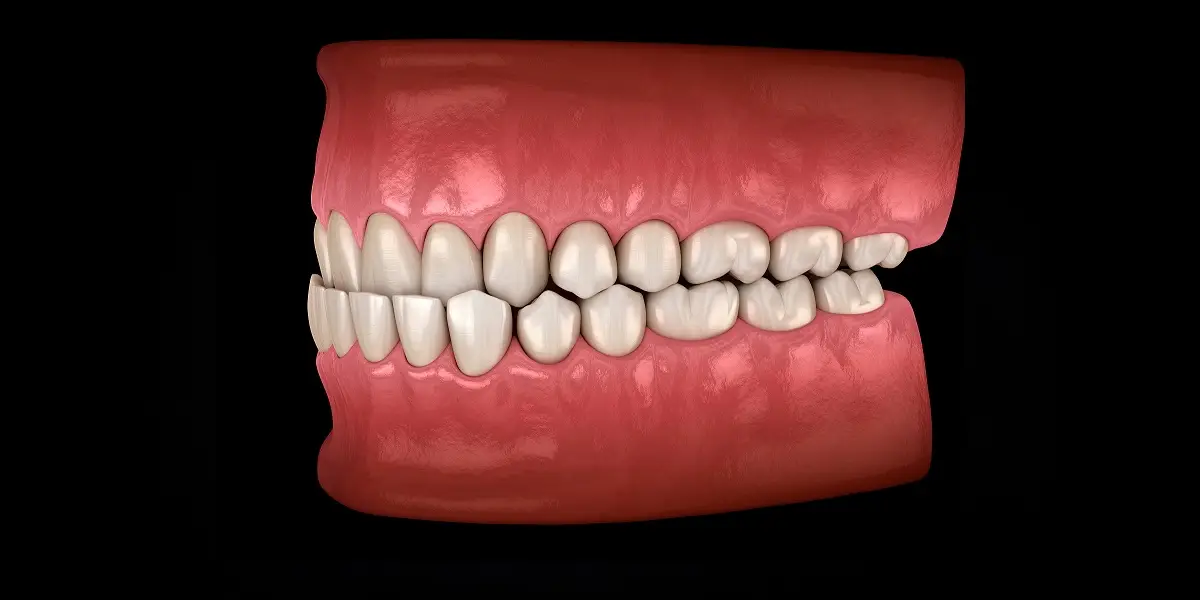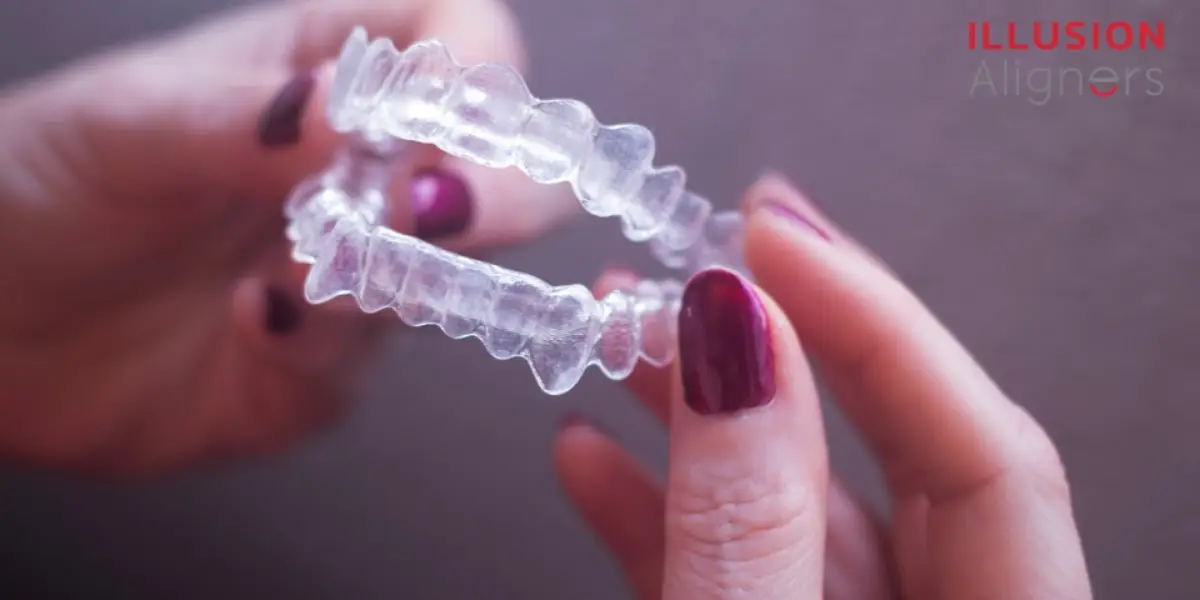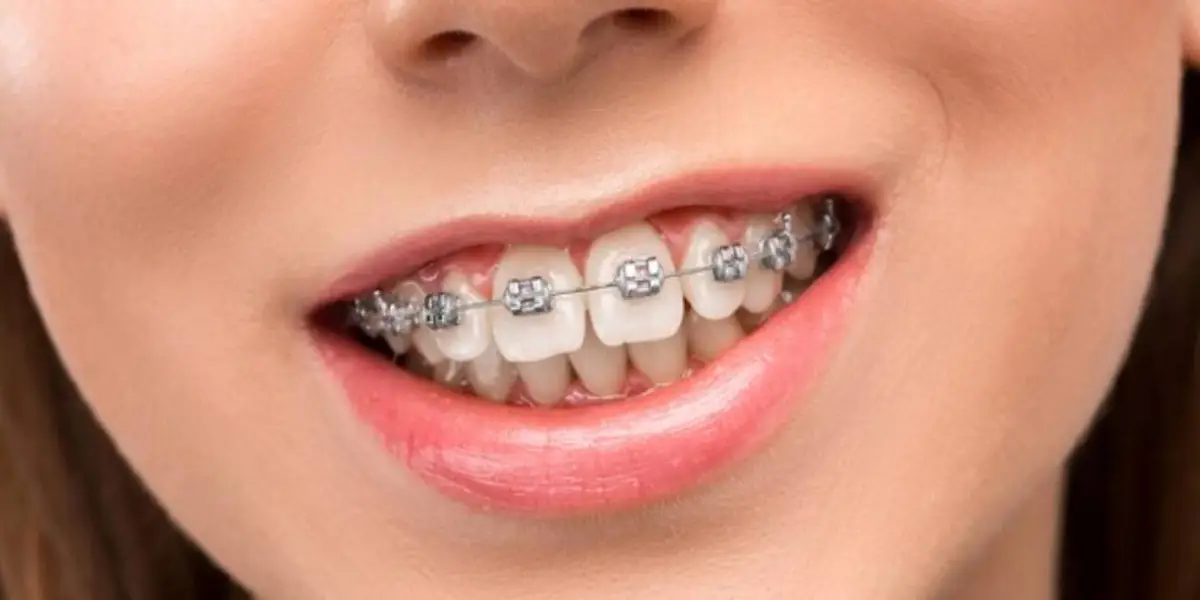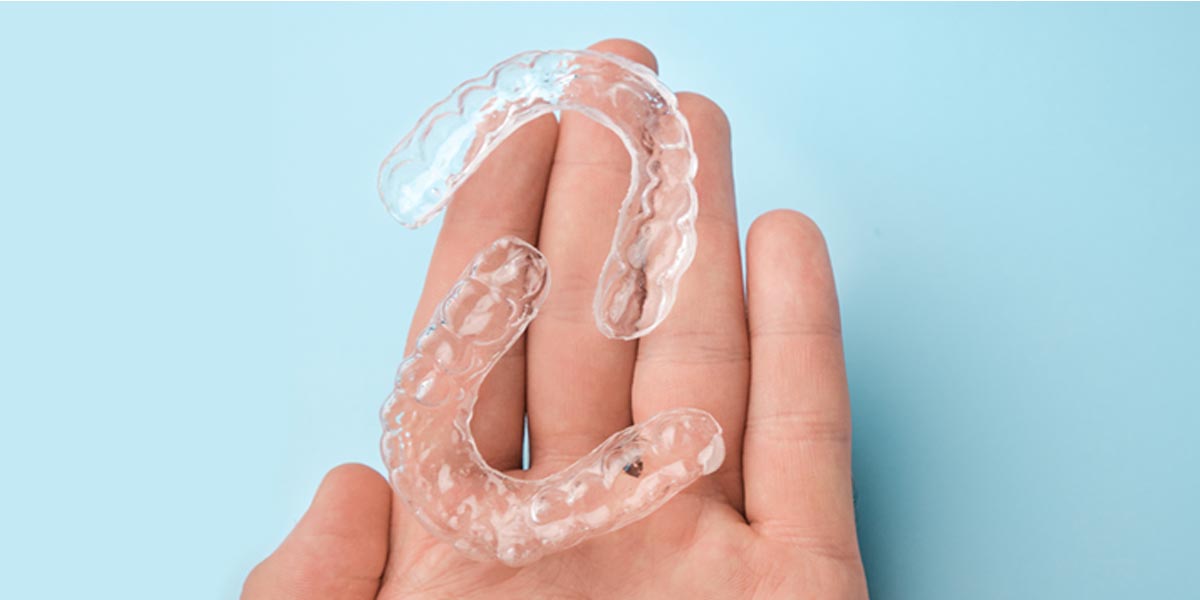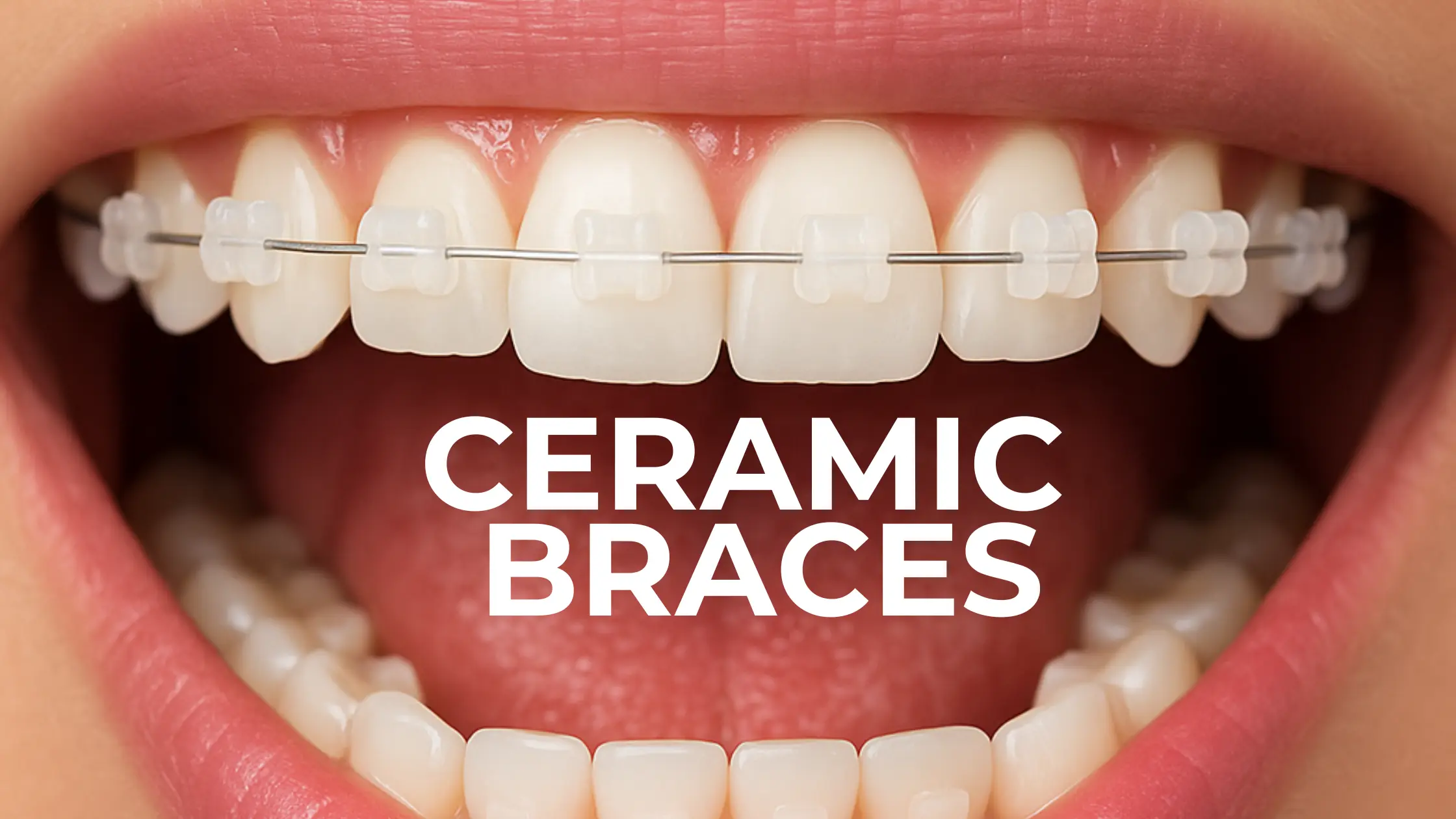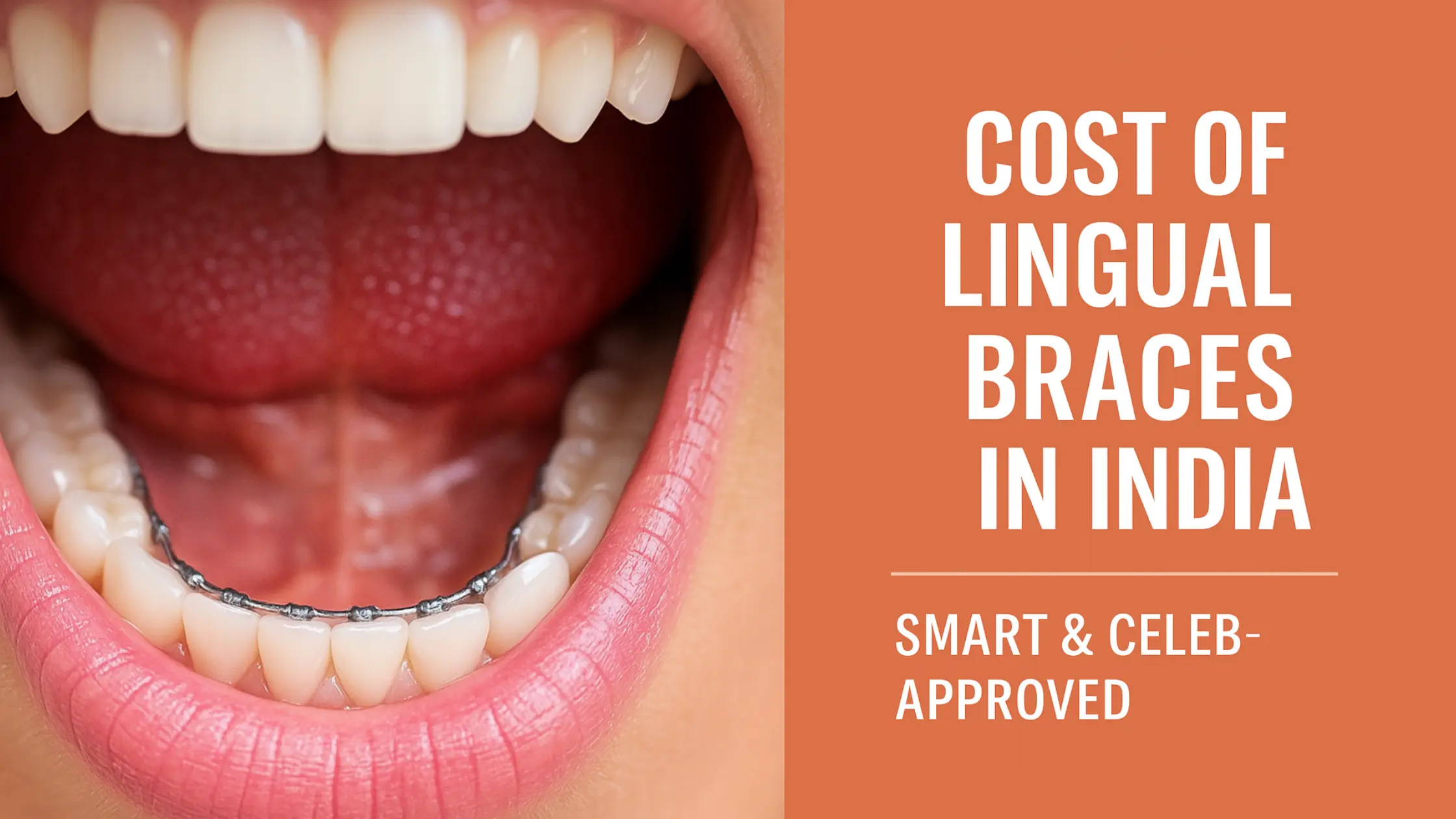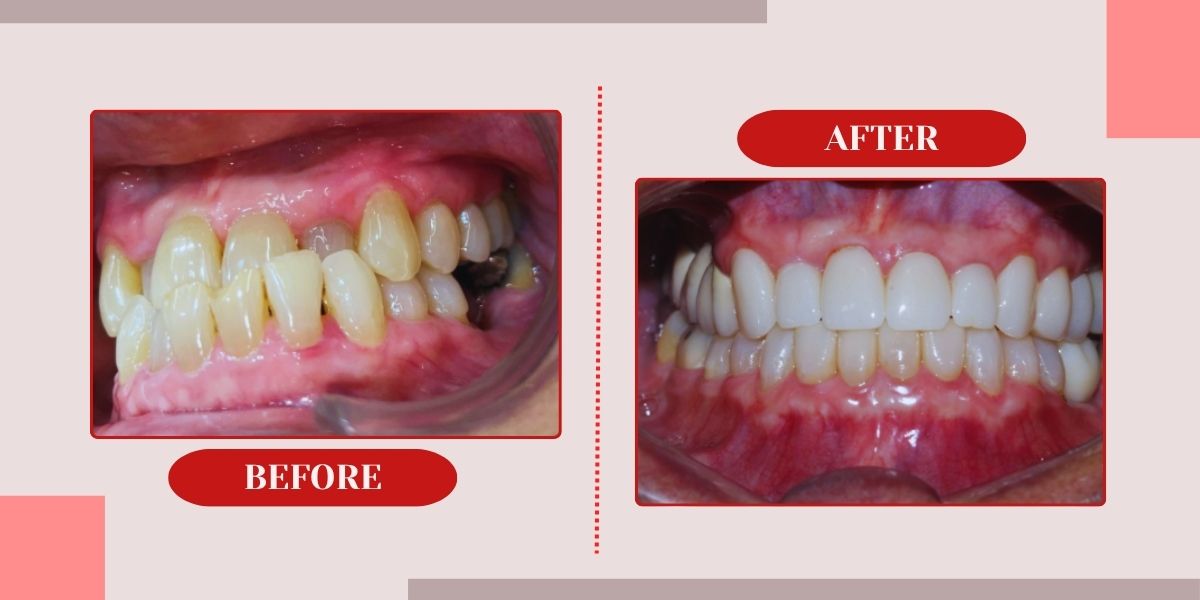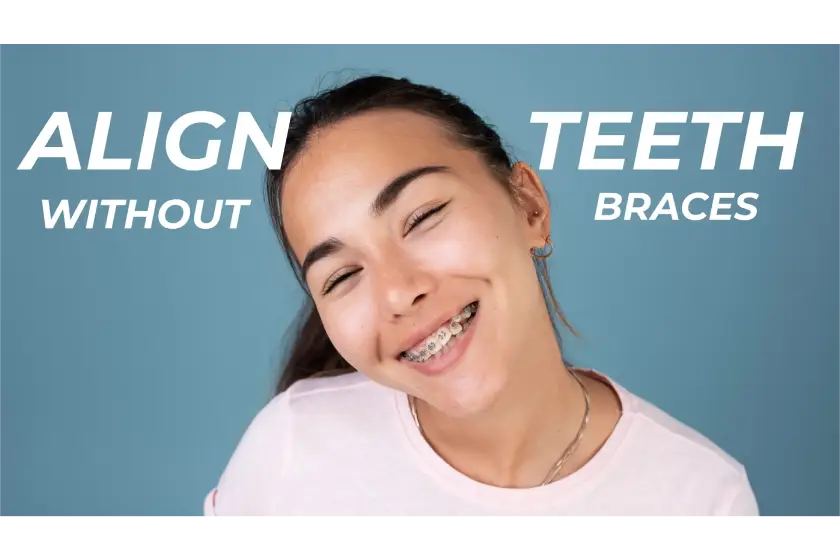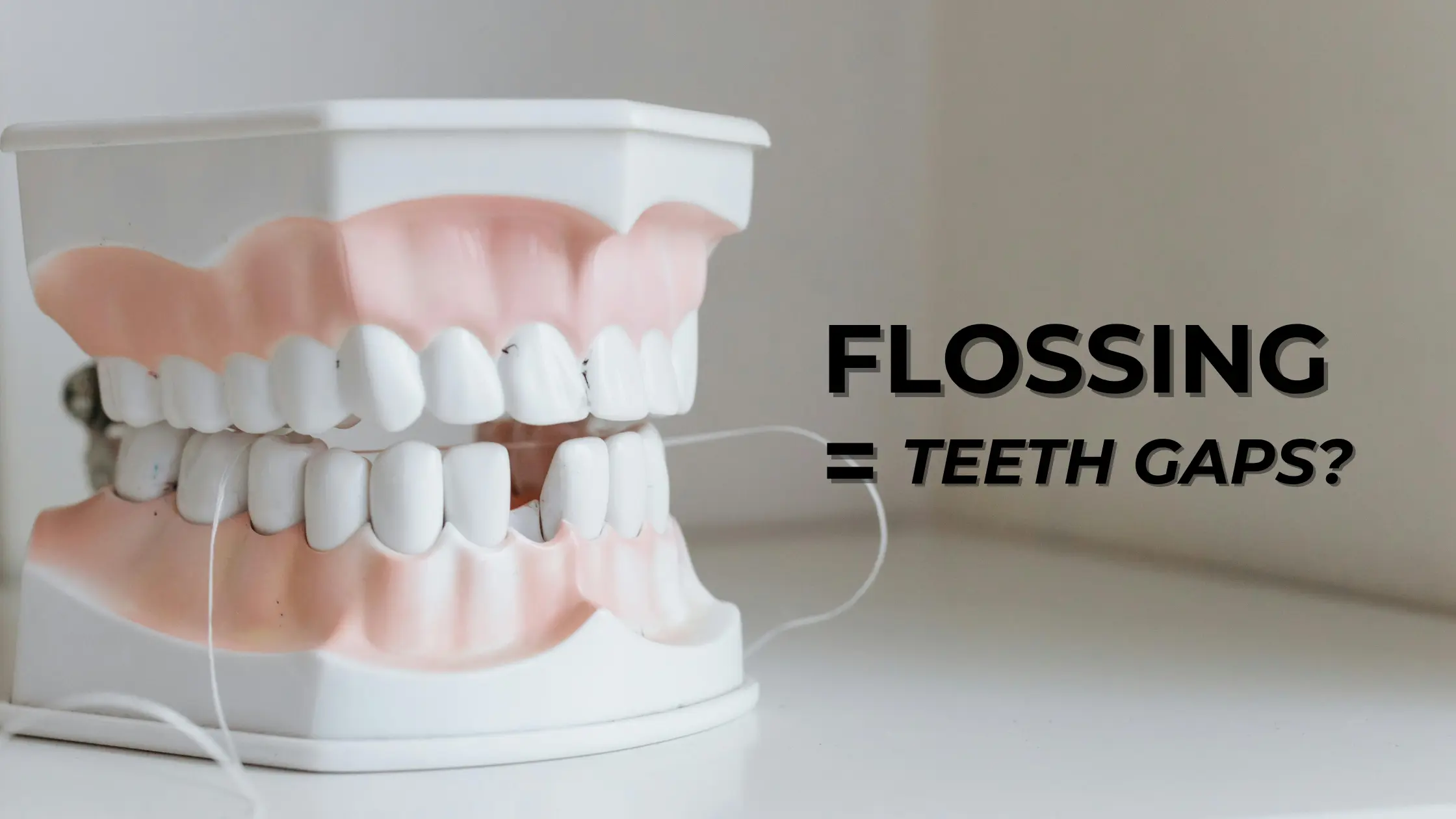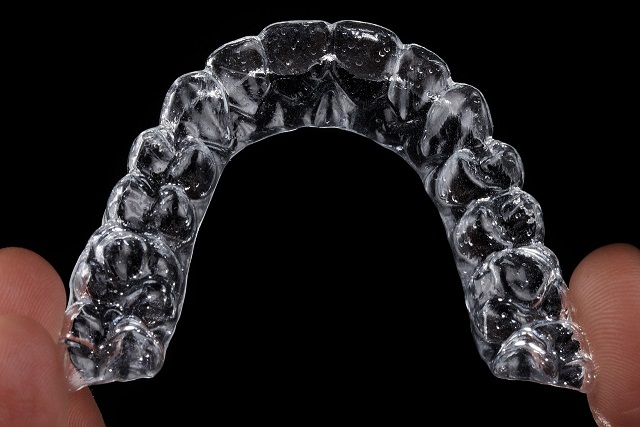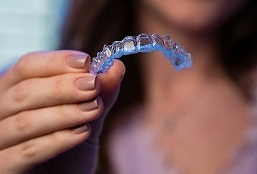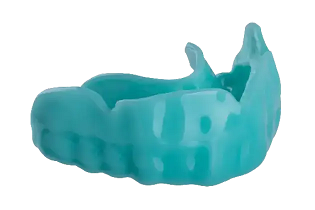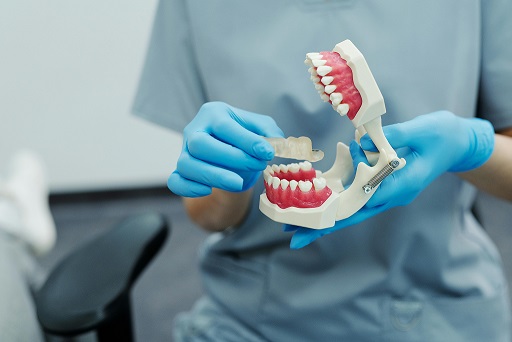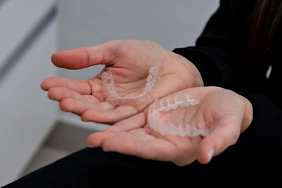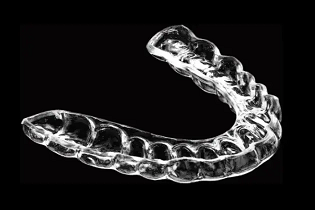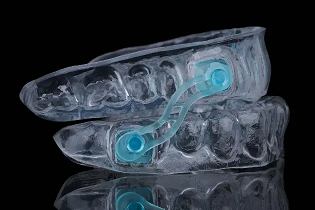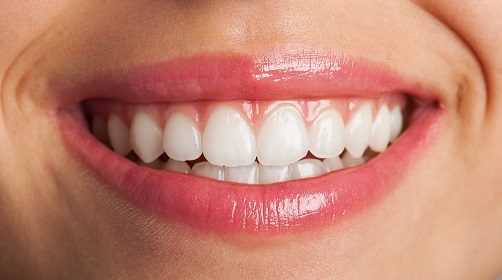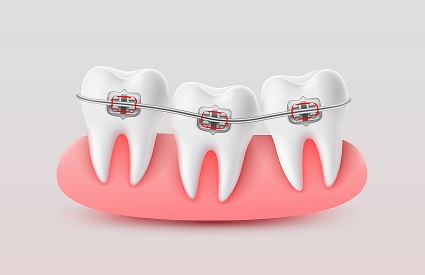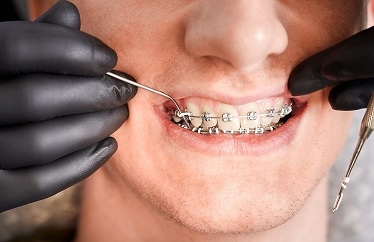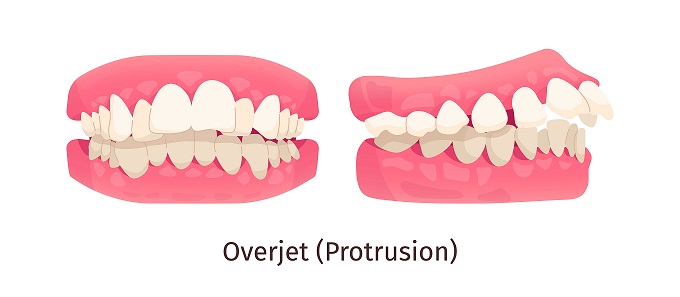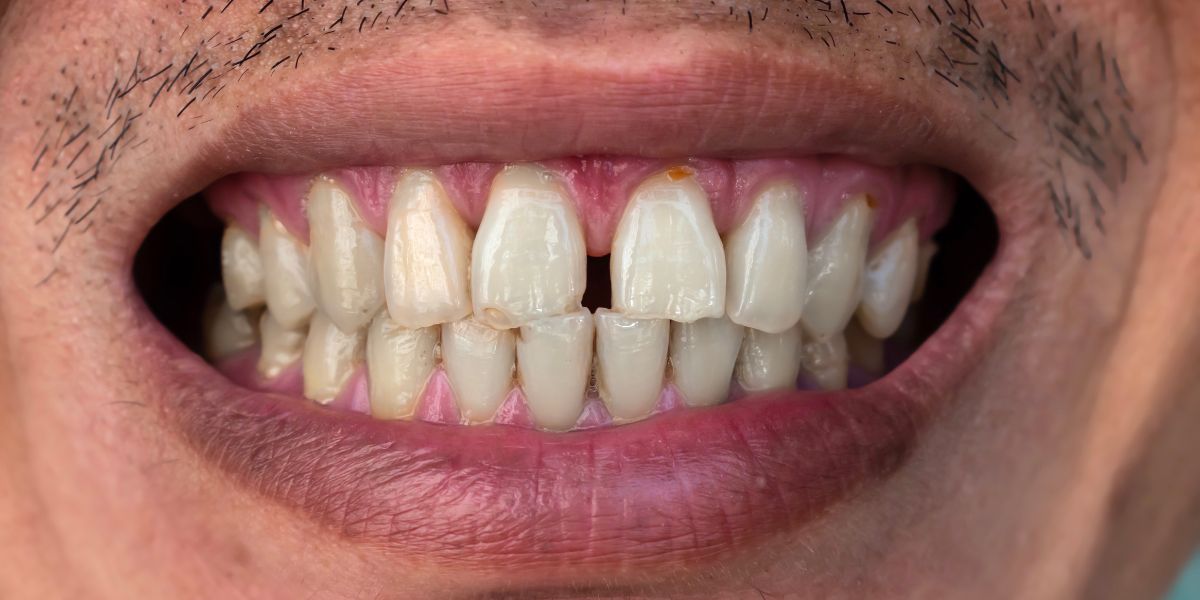
Publish on Jul 29, 2025
Understanding Diastema: Exploring Gaps Between Teeth
Diastema Definition and Meaning
Diastema is derived from the Greek word "diastema," meaning separation or space. While understanding Diastema meaning, it's essential to understand its implications and available treatments.
Diastema is a common name for a gap or space between teeth. It is a dental condition that can lead to dental issues, affect your smile and decrease your confidence. Let us understand the meaning of diastema and the reasons for the gap to form between front teeth and explore the teeth gap treatment options.
What is Diastema?
Diastema Definition: Diastema means the gap or space between two teeth. It can appear or develop anywhere in the mouth. It often appears in the front teeth. The gaps between front teeth become obvious and are often embarrassing. It impacts the look and the appearance of the person. The spaced teeth or gap in front teeth hamper the confidence to speak and smile freely. Difference in tooth sizes can also contribute to diastema. Especially when small size teeth create more room between them.
Who Does Diastema Affect?
Diastema can affect both children and adults. Children can develop gaps in baby teeth at an early age based on their behaviour and habits. It can impact the teeth position in the long run. Other times, it needs medical support. It can impact the teeth position in the long run. Studies and research show that females are more susceptible to diastema than males. Hence, age and gender play an important role when it comes to gaps to form in teeth. People with family history and genetics can develop diastema. Poor oral hygiene is another reason for gap to form in teeth. It can lead to gum disease or tooth decay, which can further cause diastema. It can be rightly said that some people are born with it, and some people can develop it at a later stage due to improper habits and poor oral hygiene. When adult teeth replace baby teeth, improper eruption or spacing may allow a gap to form.
What are Diastema Symptoms?
Diastema means a gap between teeth or space between teeth that is particularly visible in the front teeth. It's simple to identify diastema in the mirror. Also, food gets stuck in the spaces between the teeth, and sometimes sharp food items can hurt the gaps between tooth and gum. Frequently, one can witness spit coming out from gaps while speaking. The following are the symptoms of diastema:
- Purple or reddish gums.
- Sensitive gums with swelling.
- Discomfort and pain while chewing
- Gum disease that leads to bleeding.
- Brushing or touching that leads to bleeding.
These can get worse over time due to poor oral hygiene.
What are the Causes of Diastema?
- Family History or Genetics: Some people can inherit diastema due to family genes. Other times, it can be from birth due to genetic problems like difference in tooth sizes.
- Teeth Loss: Teeth loss due to extraction or some teeth damage will result in a gap to form in your teeth. These gaps formed can further cause diastema and teeth misalignment.
- Early Habits: The behaviour of thumb sucking or tongue thrusting in early childhood can cause the teeth to move and leave gaps in the teeth. It is, therefore, essential to monitor bad habits at an early stage of life. Especially during the phase when baby teeth are being replaced by adult teeth
- Gender, Age & Ethnic groups: A study shows that the female population is more prone to teeth gaps than their male counterpart. In some cases, gaps in teeth can appear with ageing. It is also observed that some diastema is more common in the black ethnic community than in the white one. Hence, demographic factors like age, sex and location can lead to diastema.
Diagnosis of Diastema
It is easy to diagnose diastema as you can see huge gaps in teeth and observe a gap in the front teeth or diagnose the side gap teeth. You might feel that you have open teeth all over. Sometimes, it might show a lower teeth gap; in other cases, there can be gaps between upper and lower teeth. Your dentist can detect these variations with simple observation. It doesn't require any particular test or unique diagnosis to rule out diastema. The gaps, which might be evident as gap teeth before and after, are visible, and you can see them in the mirror.
Management and treatment for Diastema
Diastema can be managed and treated with the following options.
- Orthodontic Treatment: You can get braces or clear aligners like Illusion Aligners to remove gaps in teeth. They help reduce gaps over time and help you correct your smile. These are helpful in adjusting improper tooth sizes or spacing as well.
- Dental Bonding: Teeth bonding is another common and reasonable gap teeth treatment option. Your dentist uses glue to stick composite resin material to reshape teeth and close gaps.
- Veneers: They are custom-made shells fixed on the teeth to close the gaps. They are made of porcelain or composite resin and are durable. Veneers can blend with your teeth and give a natural look.
- Dental Treatment: It is advisable to go for a tooth replacement in case of a missing or lost tooth. It helps to avoid gap to form and further dental problems. Dental crowns, implants, and bridges are suitable options in this case. Zirconia crowns are the latest and most reliable teeth replacements that look natural. They are strong and long lasting. Illusion Zirconia Dental Crowns offer good value on your dental investment. These crowns are made with superior quality materials and offer a lifetime and international warranty.
What is the Prevention for Diastema?
If you take some preventative steps, you can avoid having gaps in your teeth. To avoid tooth gap to form, take the following actions:
- Preserve Good Oral Health: Brush and floss to keep your oral hygiene in good condition to avoid dental issues.
- Routine Dental Checkups: Include routine dental checkups in your routine. It will help to overcome dental issues in the initial stage.
- Avoid Wrong Habits: Help children overcome the habits of thumb sucking or tongue thrusting at an early stage. It prevents teeth gap to form as they grow up.
It is essential to keep an update on your dental health. Delay and ignorance can often lead to major dental issues in the future. Awareness and education can help to prevent diastema.
Gaps in Teeth Before and After
Proper dental treatment and care can improve cases of gaps between teeth. Dental bonding, braces, veneers, and aligners help to close gaps between teeth. Patients can see a visible change in their teeth before and after these treatments. It gives you a more aligned and correct dental structure.
When to see a dentist?
You can visit your dentist for routine checkups. It helps you maintain good oral hygiene and avoids unnecessary costs. Delays in dental treatment can lead to severe tooth damage in the future. In case of gapped teeth, you should visit and seek advice from your dentist. If the teeth gaps are left unattended, they can cause gum diseases or other dental issues. Hence, a timely approach can improve and maintain your oral health.
ConclusionWhile some people wish to get the space between their teeth fixed to get a straighter smile, others find it attractive and prefer it. The decision is based on dental health and personal desire. In summary, diastema is manageable with various dental remedies. You can seek the advice of your dentist to get a suitable and reasonable cure for a perfect smile.
Medically Reviewed By Dr Jaineel Parekh, MDS orthodontics


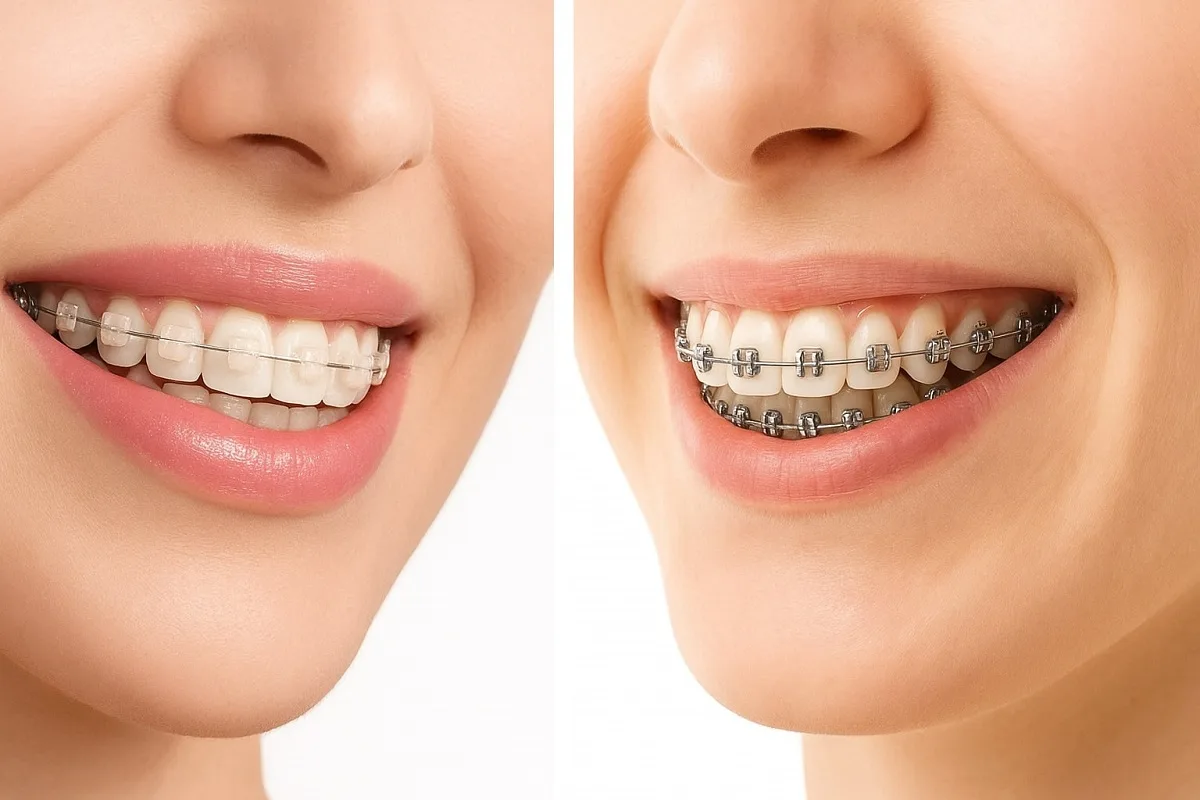
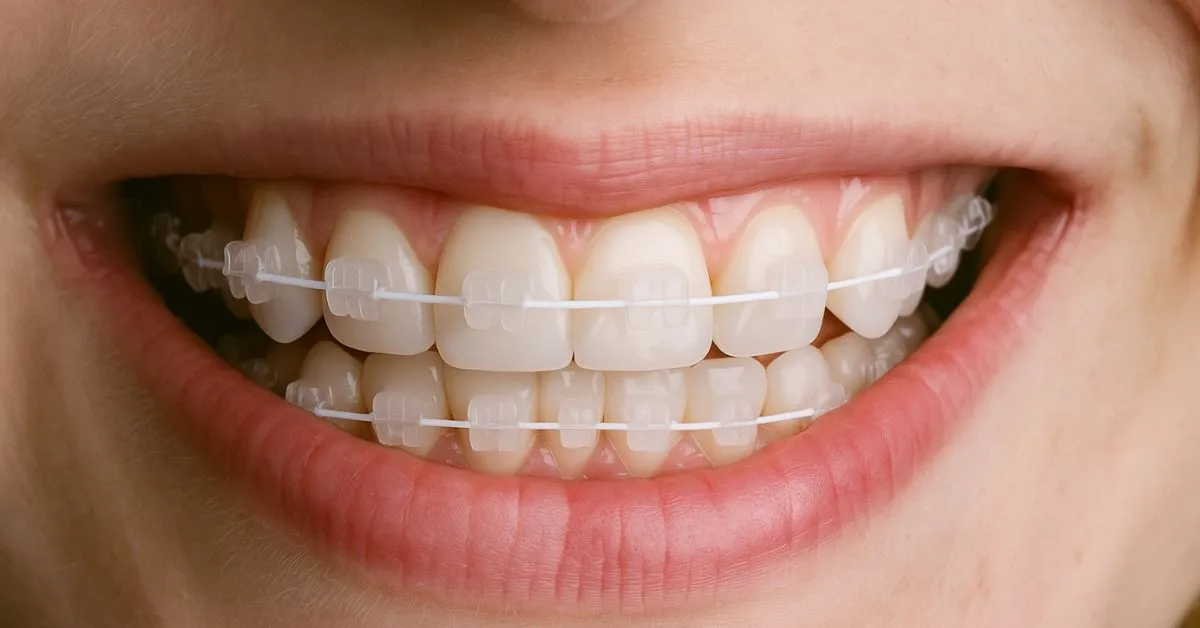
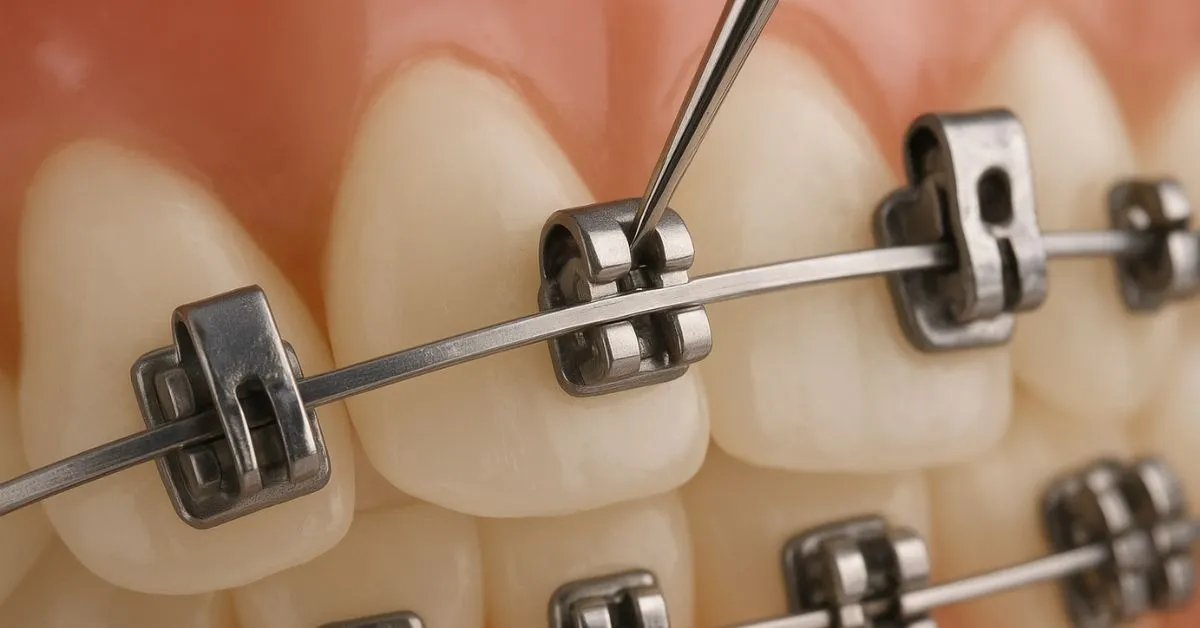
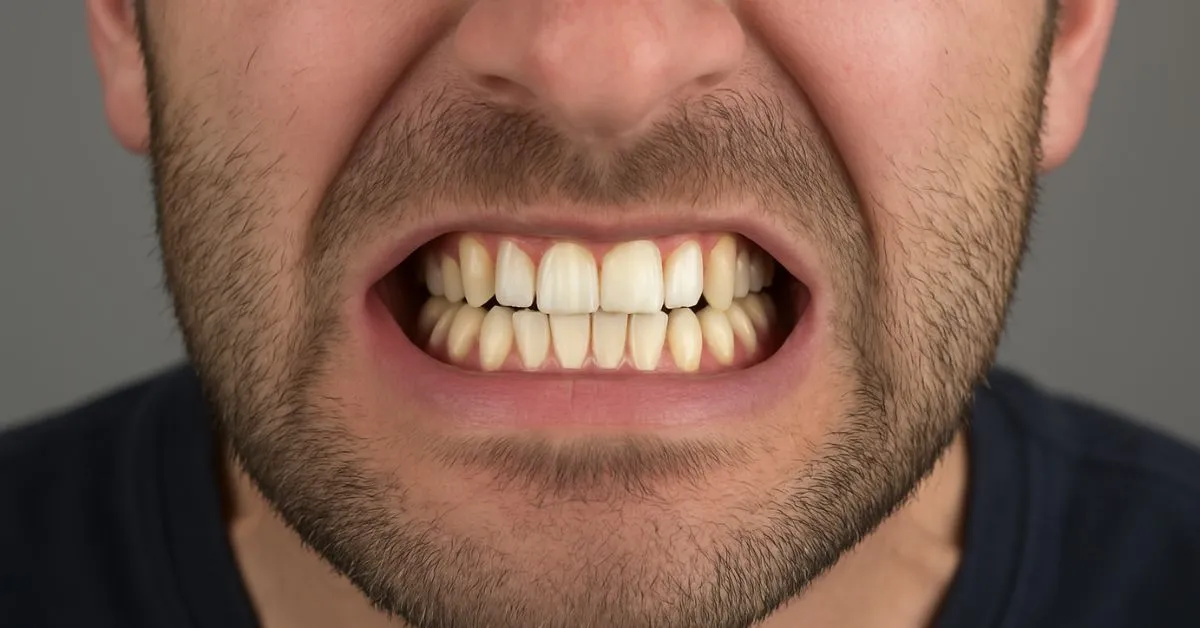
.webp
)
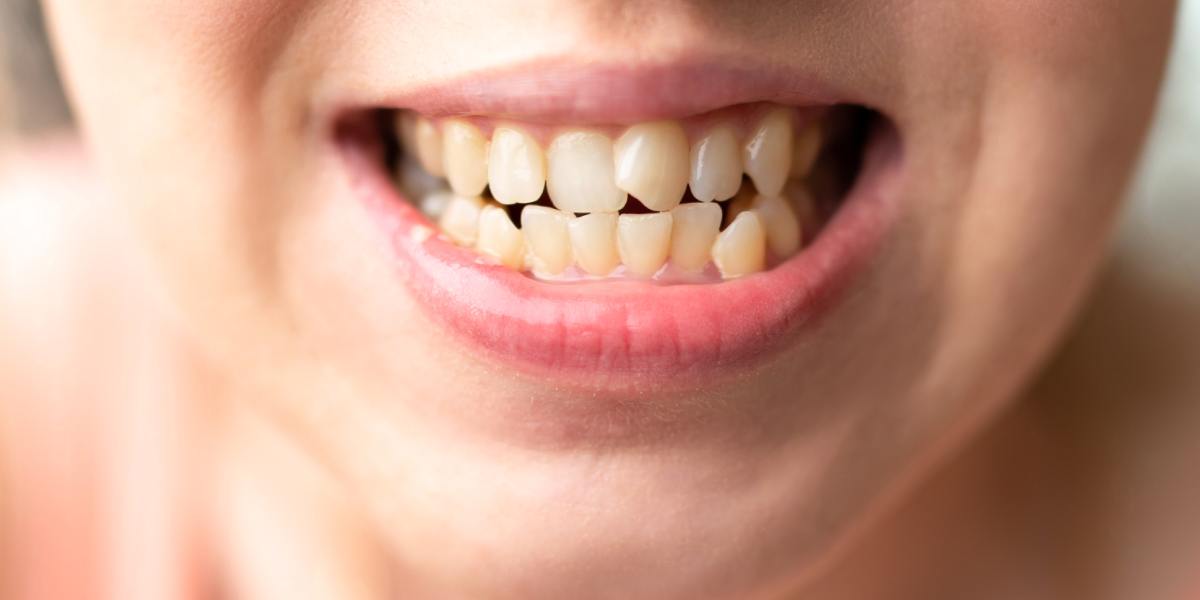
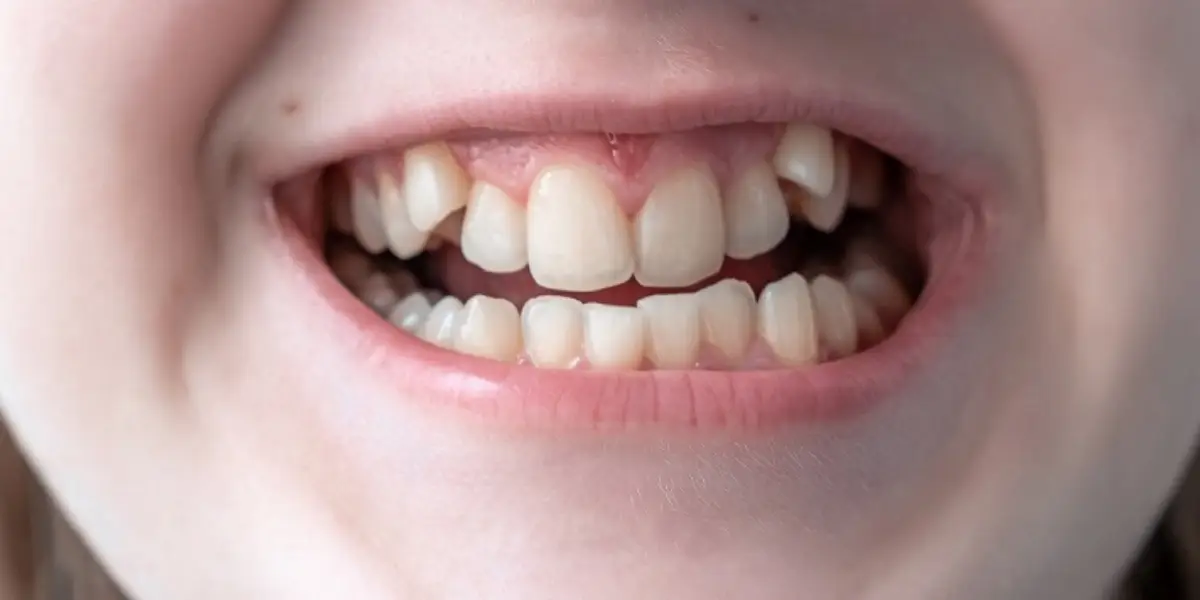
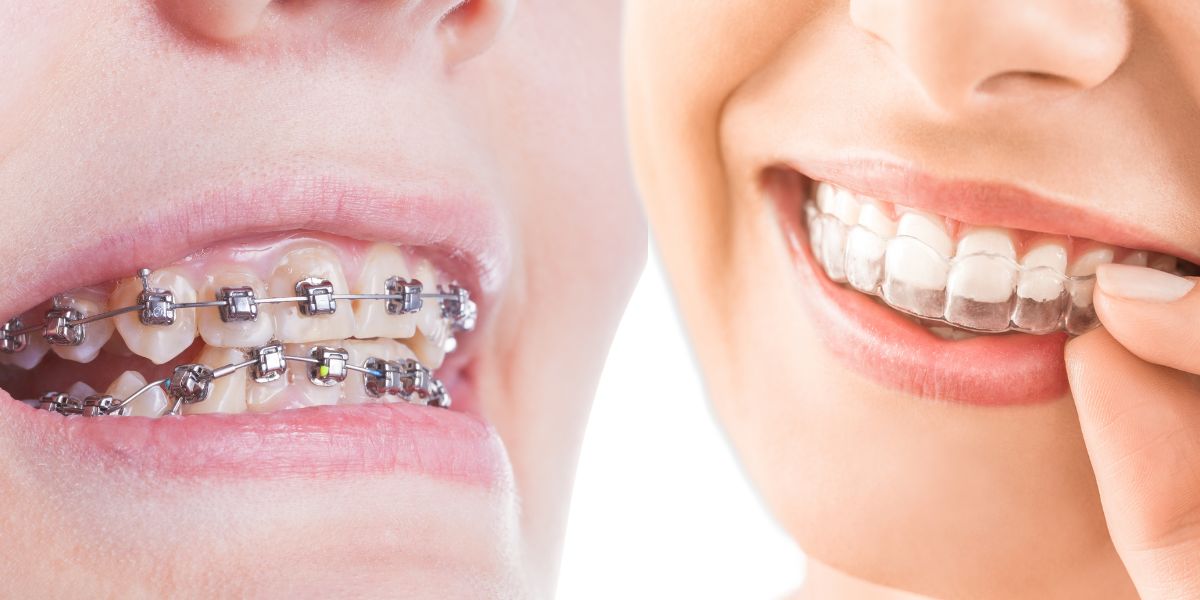
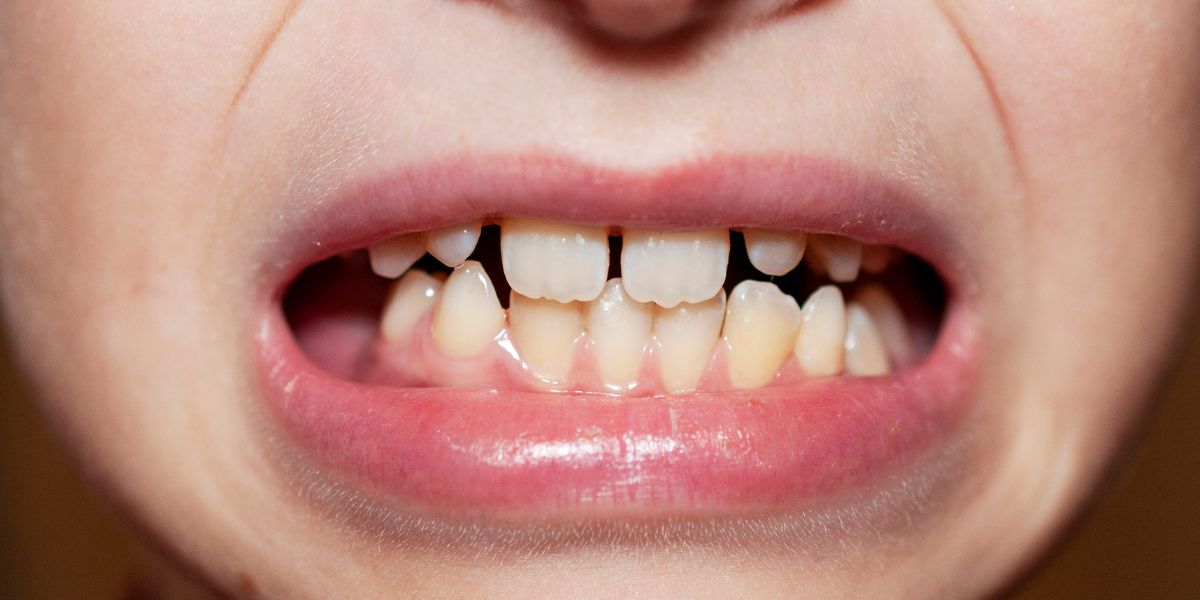
.jpg)

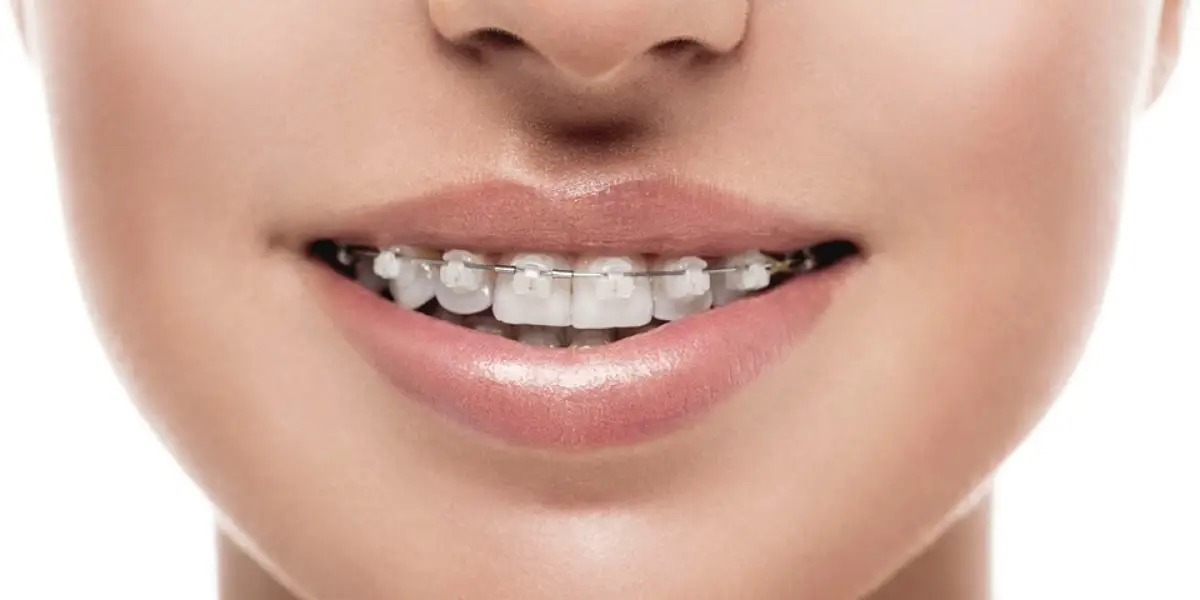
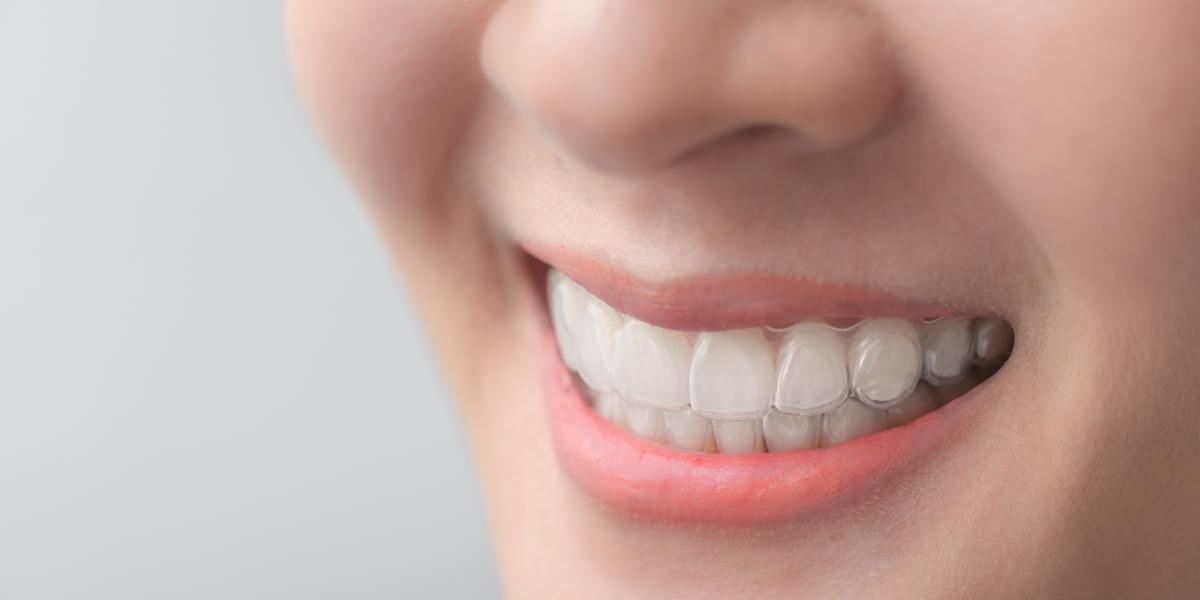

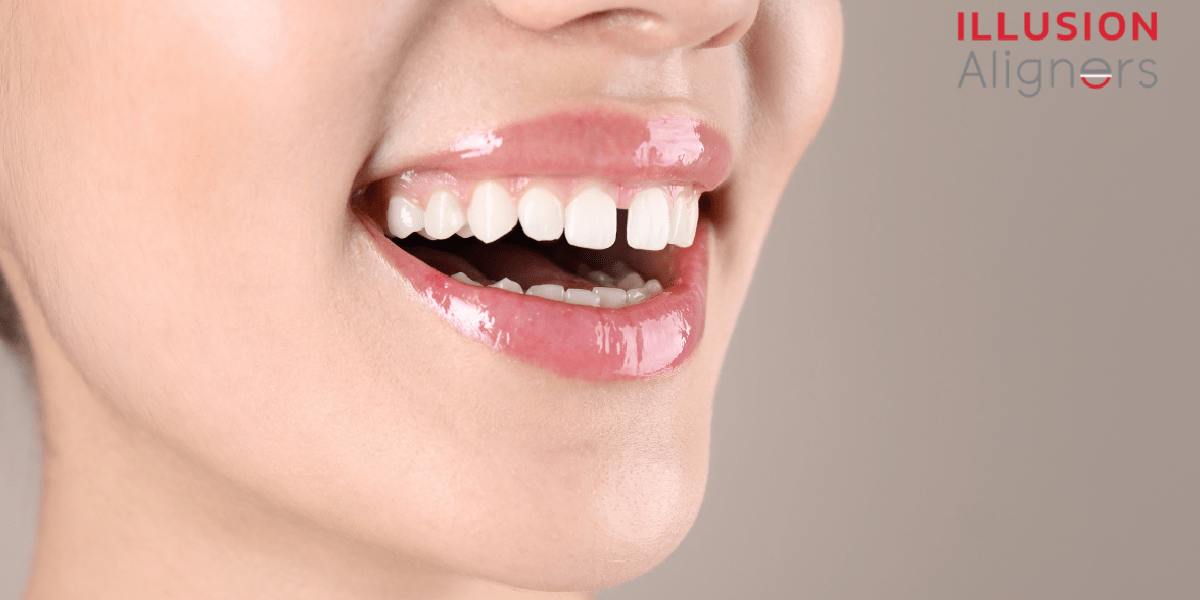
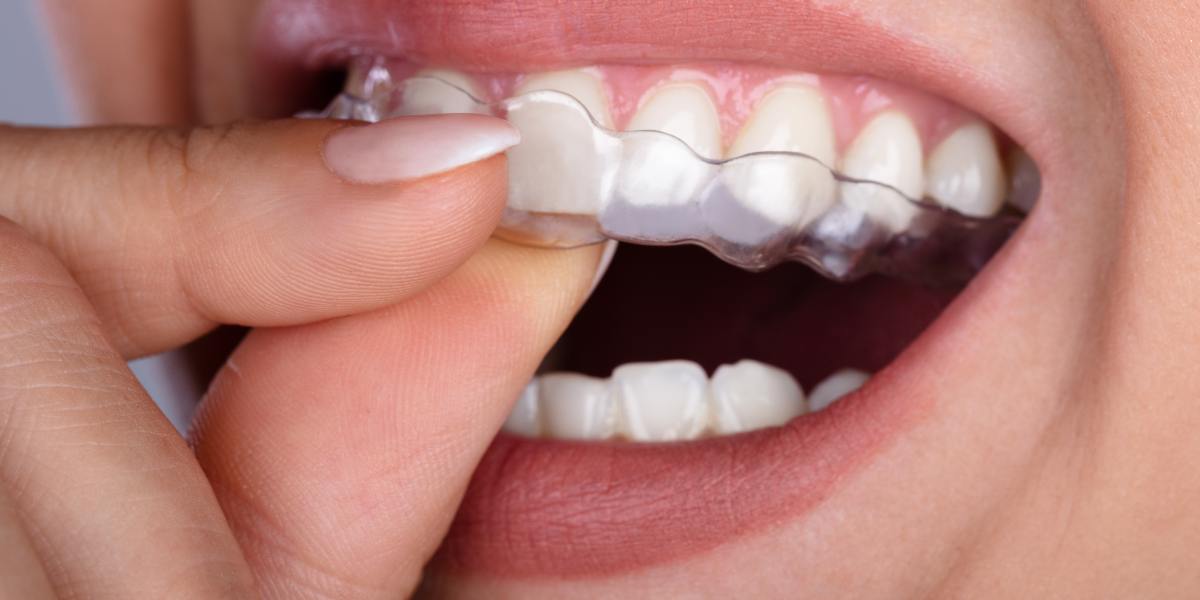
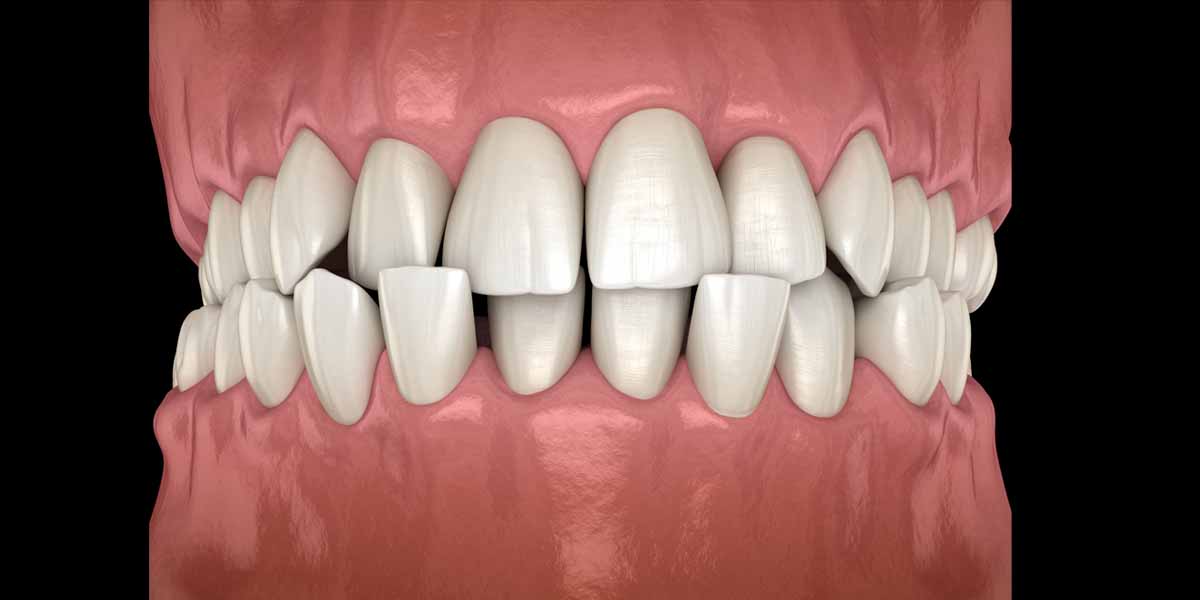
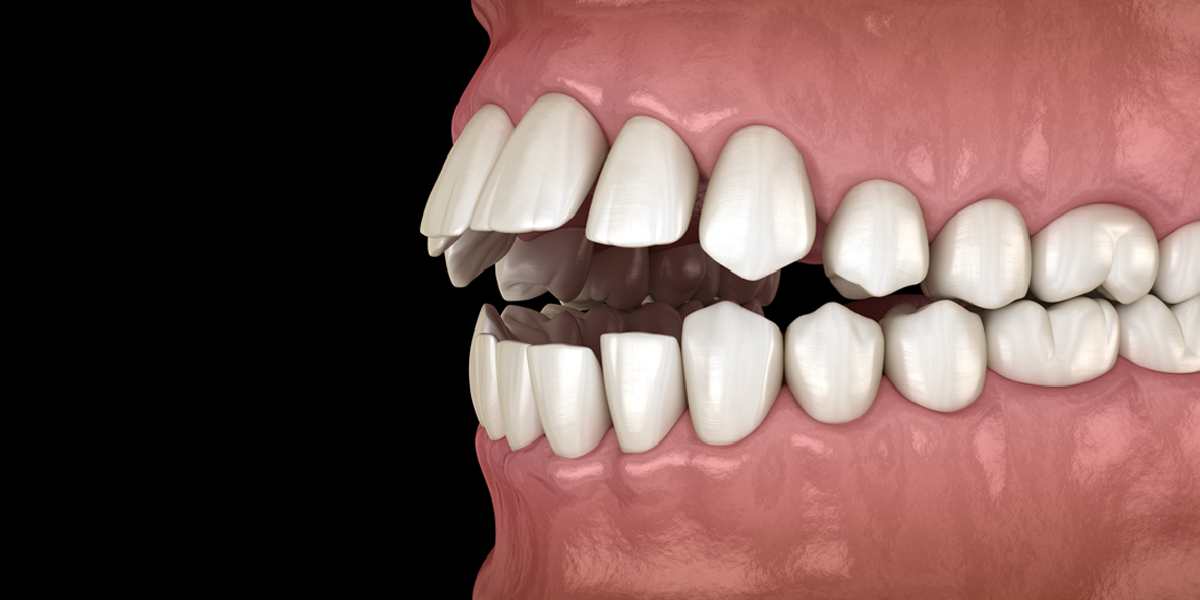
2.jpg)
